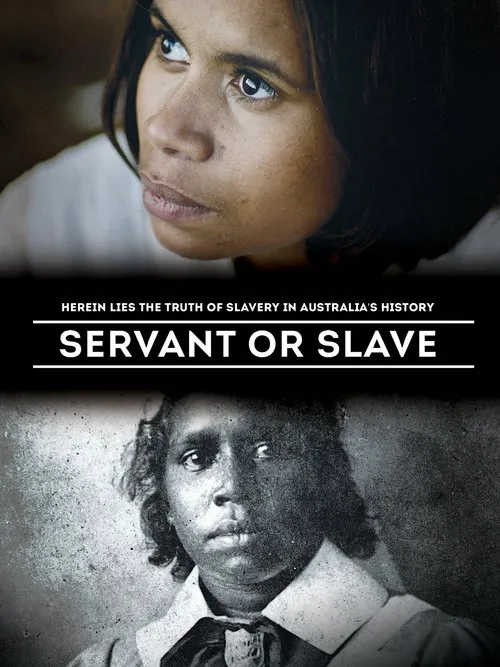Servant or Slave

あらすじ
The documentary "Servant or Slave" presents a harrowing and poignant account of one of Australia's most shameful chapters: the forced removal and enslavement of thousands of Aboriginal girls during the Stolen Generations era. Steven McGregor's masterful direction allows the unflinching first-person testimonies of five survivors – Rita, Violet, and the Wenberg sisters – to guide viewers through the labyrinthine corridors of a nation's history, ultimately illuminating the long-lasting impact of this atrocity on the affected families and their communities. The film begins by transporting viewers to the time period surrounding World War II, where the Australian government was grappling with notions of Indigenous 'assimilation.' However, this euphemism served as a thinly veiled guise for the forced removal of Aboriginal children from their families, ostensibly to 'protect' them from the perceived threats of Indigenous culture. In reality, these children were forcibly relocated to government-run missions or taken in by white families, effectively erasing their cultural heritage and family connections. One of the primary sources of the trauma inflicted during this era were the thousands of Aboriginal girls who were press-ganged into domestic servitude. Rita, Violet, and the Wenberg sisters – who share their personal experiences in riveting detail throughout the documentary – all suffered under the harsh conditions of life as a domestic servant. Their daily lives were dictated by the whims of their white employers, devoid of any semblance of autonomy or agency. As a means to control their subjects, the government and white employers imposed an inordinate sense of isolation on the Aboriginal girls in their care. This often took the form of physical confinement to the domestic premises, coupled with the strict regulation of their movements and interactions with the outside world. The girls were frequently subjected to grueling working hours, paltry wages, and wretched living conditions, all of which served to break their spirits and destroy their sense of self-worth. Beyond the overt physical and emotional abuse inflicted by their employers, the Aboriginal servants also faced a pervasive and insidious form of psychological manipulation. Their white employers often exploited the deep-seated cultural trauma inflicted by the Stolen Generations, using it as a means to justify the girls' forced labor and subjugation. This insidious dynamic underscored the pervasive power imbalance inherent in the relationship between the Aboriginal servant and the white employer, ensuring that the former was rendered powerless to resist or escape the suffocating cycle of abuse. One of the most haunting aspects of the documentary is its unflinching portrayal of the long-term consequences of the trauma inflicted upon the Aboriginal girls in their care. Rita, Violet, and the Wenberg sisters all recount the devastating impact that their experiences during the Stolen Generations era have had on their lives, including their relationships with family members, their struggle to connect with their Indigenous heritage, and their ongoing quest for justice. Throughout the documentary, the five women's testimonies are juxtaposed with candid reflections from a range of experts, historians, and advocates who offer contextual insights into the events depicted. These voices provide a sobering reminder that the atrocities recounted in "Servant or Slave" are not relics of a bygone era but rather an integral component of a national narrative that continues to shape the lives of Indigenous Australians today. Ultimately, Steven McGregor's "Servant or Slave" is a masterful work of documentary filmmaking that bears witness to the unspeakable atrocities committed against thousands of Aboriginal girls during the Stolen Generations era. Through the unflinching testimonies of Rita, Violet, and the Wenberg sisters, the film illuminates a dark chapter in Australian history and serves as a vital reminder of the ongoing need for reconciliation and accountability.


